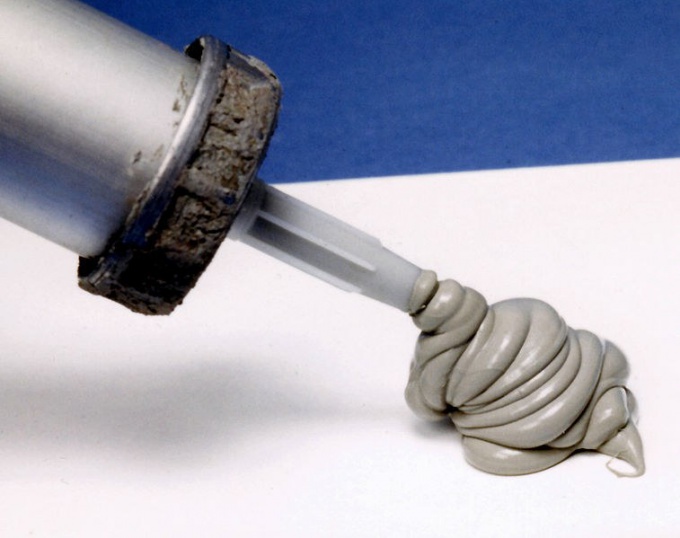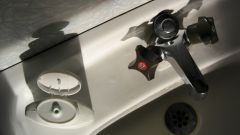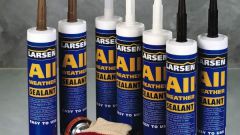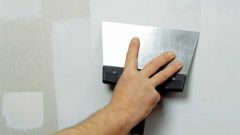The benefits of a sealant based on silicone
Silicone sealants have good resistance to water, flexibility of the composition, the excellent adhesion when applied to most materials, thermal stability and frost resistance. In addition, they are resistant to solar UV radiation and aggressive chemical compounds. Silicone sealant transparent, almost invisible on the surface and do not violate the aesthetic integrity of the products.
Sealants are divided into types, designed for outdoor and indoor applications and also for applications in rooms with high humidity.
Also different have and the components included in the composition of silicone sealants, which do not in the least affect the speed at which it dries. To improve the adhesive properties of the sealant, you must first prepare the surface to be treated. Otherwise, silicone sealant is most likely to dry separately from her that will ruin all the work.
How much sealant dries
Approximate drying times for each silicone sealant specified by the manufacturer on its packaging. Typically the sealant to harden for 15-20 minutes, after which begins the process of its complete solidification, which occurs at a rate of 2 mm per day. In chemical composition they are divided into acidic and neutral. Acid sealants are characterized by low price, but they cannot be applied to metals will cause them to corrode. Acidic sealants are used for glass, ceramics, wood and polycarbonate. When applied they produce a pronounced smell of vinegar and dry for 4-6 hours.
With the exception of acidic sealants are stainless steel and aluminium ponderously.
Neutral sealants are suitable for any surface, have excellent performance characteristics and relatively high cost. After the application of neutral silicone sealants are fully cured during the day plus 5-40 degrees. To speed drying means influenced by humidity, ambient temperature and thickness of application. To calculate the drying time or other silicone sealant in hot conditions, you can use some simple mathematical manipulations. To do this, multiply the average length of a solidification layer thickness in normal conditions by a factor K=1.5-2.








